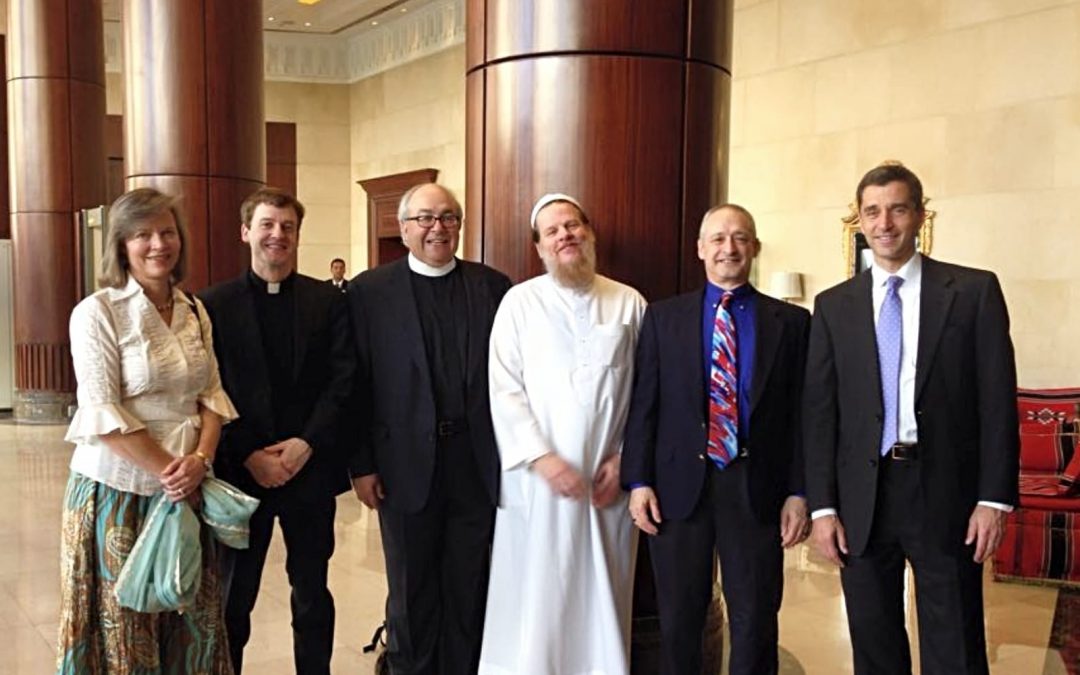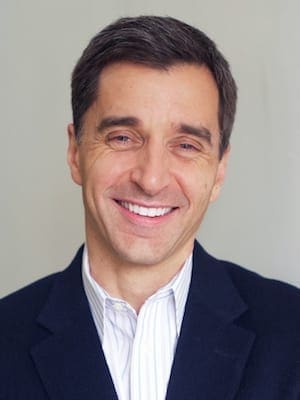We’ve all been there, right? The interfaith dialogue, where representatives from other religions talk about their individual faith and practice and what makes it so unique.
In Richmond, Virginia, we wanted more than that: We wanted interfaith friendship.
So, with the encouragement of Bill Sachs, an Episcopal priest who’s been doing interfaith work for years, a small group of us started getting together to eat once a month.
Usually, we ate in Middle Eastern restaurants where our Jewish and Muslim friends could find something on the menu that suited their diets.
The rest of us simply found something delicious. Lamb kebabs? Falafel? Warm pita bread with hummus? Oh, yes!
We ate. We talked. We talked about religion, of course, but we also talked about politics and our faith communities and our families. It was at one of those lunches that I said, “You know what we should do? We should go bowling.”
I don’t know what prompted that idea, but the others at the table laughed nervously (Was I serious?) and then began to shrug their shoulders and say, “Sure, why not?”
And that’s how we ended up at Sunset Lanes on Broad Street on a Tuesday afternoon.
We didn’t mean to divide along the lines of our respective faith traditions, but that’s what happened.
The rabbi and his wife were on the Jewish team; Imad Damaj and his son, Bilal, were on the Muslim team; and Bill and I laced up our bowling shoes for the Christians.
And although it’s not politically correct, it would be fair to say: The Jews killed us.
The rabbi’s wife turned out to be a fierce bowler! But that afternoon of gutter balls and laughter moved us beyond interfaith dialogue. It was an important step toward interfaith friendship.
In the months that followed, we continued to eat meals together, but we also began to talk about traveling together.
In early January 2015, a number of us accepted an invitation from Father Nabil Haddad, a priest in the Melkite Greek Catholic Church and a leading figure among Arab Christians in Jordan, to attend a celebration of interfaith unity in Amman.
Ammar Amonette, imam of the Virginia Islamic Center in Richmond, was able to accompany us on that trip, along with Rabbi Ben Romer, a disproportionate number of Episcopal clergy and yours truly.
There was at least one occasion when Ben, Ammar and I got on an elevator together and it looked like the beginning of a religious joke: “A rabbi, an imam and a Baptist preacher …”
But when we walked into the impressive King Abdullah mosque, no one was laughing.
Some gasped to see us coming in together and sitting together: Bill in his clerical collar, Ammar in his kufi cap, and Ben in his yarmulke. Even at a celebration of interfaith unity, that seemed like a stretch.
During that week in early 2015, we had dinner at Father Nabil’s home, where he had invited some U.S. Army chaplains to join us.
We were all getting along well, bending over backward to honor each other’s religious traditions, when we received word that the Jordanian pilot captured by ISIS had been burned alive.
Some of you may remember that story. Muath Al-Kasasbah was a Royal Jordanian Air Force pilot who was captured by ISIS after his F-16 crashed over Syria.
The people of Amman had been praying for his release. Diplomatic negotiations were underway.
And then, during dinner at Father Nabil’s house, we got word that he had been burned to death – a fate as horrible as it was shocking.
Father Nabil called us together, broke that news solemnly and then asked if we could pray.
We formed a circle and joined hands. The significance of that moment was not lost on any of us as Christians, Jews and Muslims called on the God of Abraham to forgive us humans for our sinful ways and to be present with the loved ones of this young pilot.
It could have gone differently.
Ammar may have been thinking about all the ways it could have gone differently as he joined hands with a U. S. Army chaplain to pray. But it didn’t.
We prayed for the world, for the Kingdom of Jordan and for each other in that circle.
Special prayers were said for Ammar, who, as a Muslim, might be “blamed” for the actions of Muslim extremists. This is what can happen when you focus on interfaith friendship, and not just interfaith dialogue.
I’ve had several reasons to call Ammar since then, just to check on him, just to make sure things were well with him and the Muslim community in Richmond.
During the so-called Muslim ban in 2016, I took him to lunch and we both sat there and sighed over big bowls of Hungarian goulash.
“The world can be a scary place,” I said, finally.
“Yes,” he said. “It’s good to have friends.” And then he smiled and added, “Interfaith friends.”
Editor’s note: This article is part of a series on interfaith engagement. The previous articles in the series are:
Building Interfaith Relationships Furthers Religious Liberty for All by Amanda Tyler
How to Succeed at Interfaith Dialogue: Act Like 10-Year-Olds by Terry Smith
5 Steps for Churches Planning Community Interfaith Dialogues by Aurelia Davila Pratt
Jim Somerville is pastor of First Baptist Church in Richmond, Virginia.


